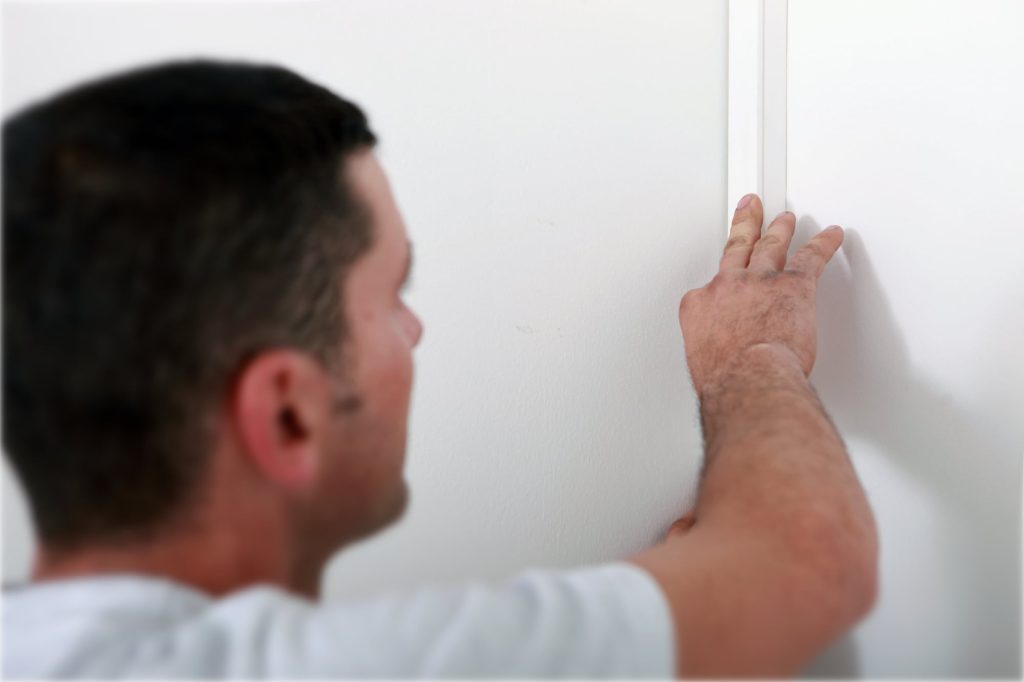Commercial building inspectors are like detectives for your property investment—they dig deep into every system and structure to uncover existing problems and potential future liabilities. But what do they actually examine during an inspection?
At a basic level, the inspector evaluates the building’s “big five” systems: structure, roof, plumbing, electrical, and HVAC. For example, they’ll check for foundation cracks, structural movement, and signs of water intrusion. On the roof, they’ll look for membrane damage, ponding water, or signs of patchwork repairs. Plumbing inspections include testing water pressure, looking for leaks, and checking the condition of visible pipes and drains.
Electrical system evaluations go beyond the breaker panel. Inspectors look for outdated wiring, overloaded circuits, improper grounding, and code violations. HVAC systems are tested for functionality and age—older systems may not meet current efficiency standards and could require major investment soon.
Beyond the systems, inspectors assess the building envelope (windows, doors, siding), drainage patterns, parking lot condition, and ADA accessibility. Depending on the property type, additional inspections might include commercial kitchens, elevators, or fire safety equipment.
A professional commercial inspector will provide a detailed report with findings, photos, and recommendations. Some inspectors even include cost estimates for repairs or expected lifespan of building components, offering clients clear, actionable information.
Ultimately, commercial inspections are about more than compliance—they’re about risk management. Whether you’re an investor, property manager, or business tenant, understanding what’s going on behind the walls can help you make smarter, safer decisions.


Recent Comments